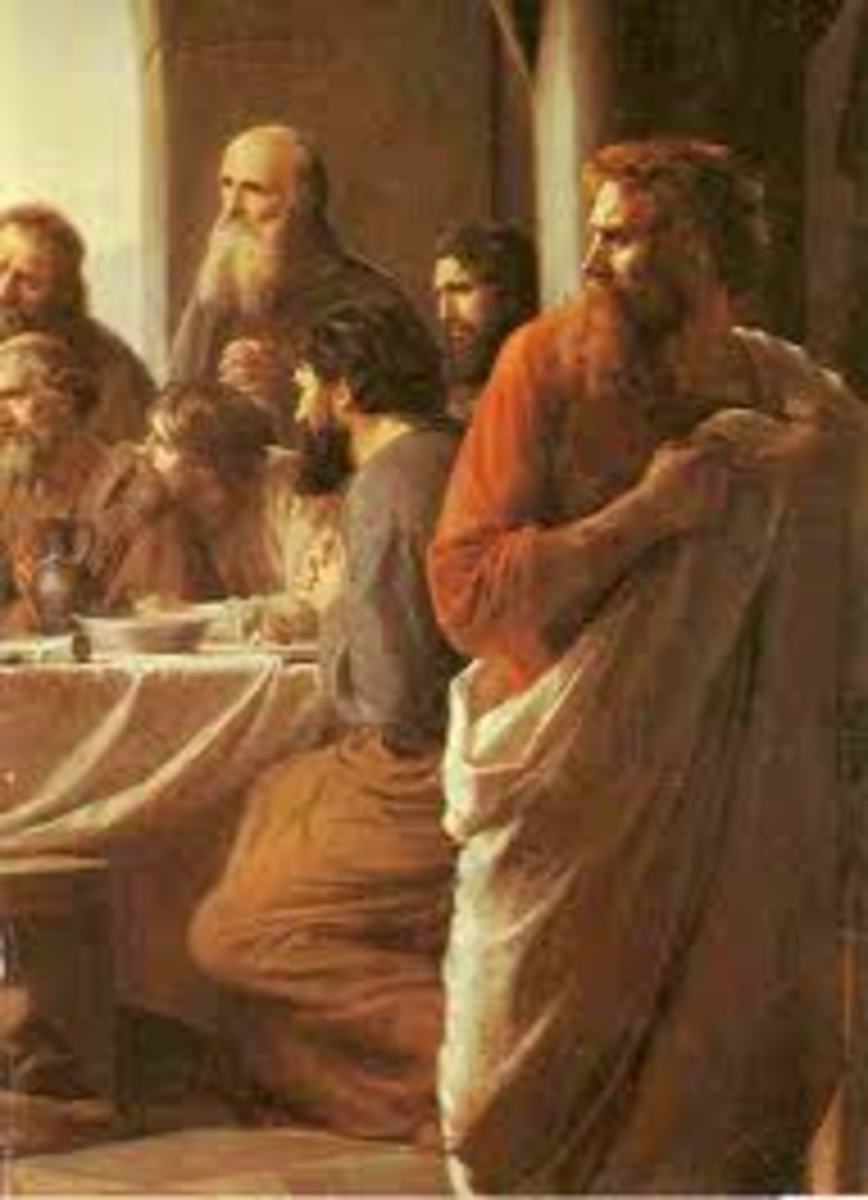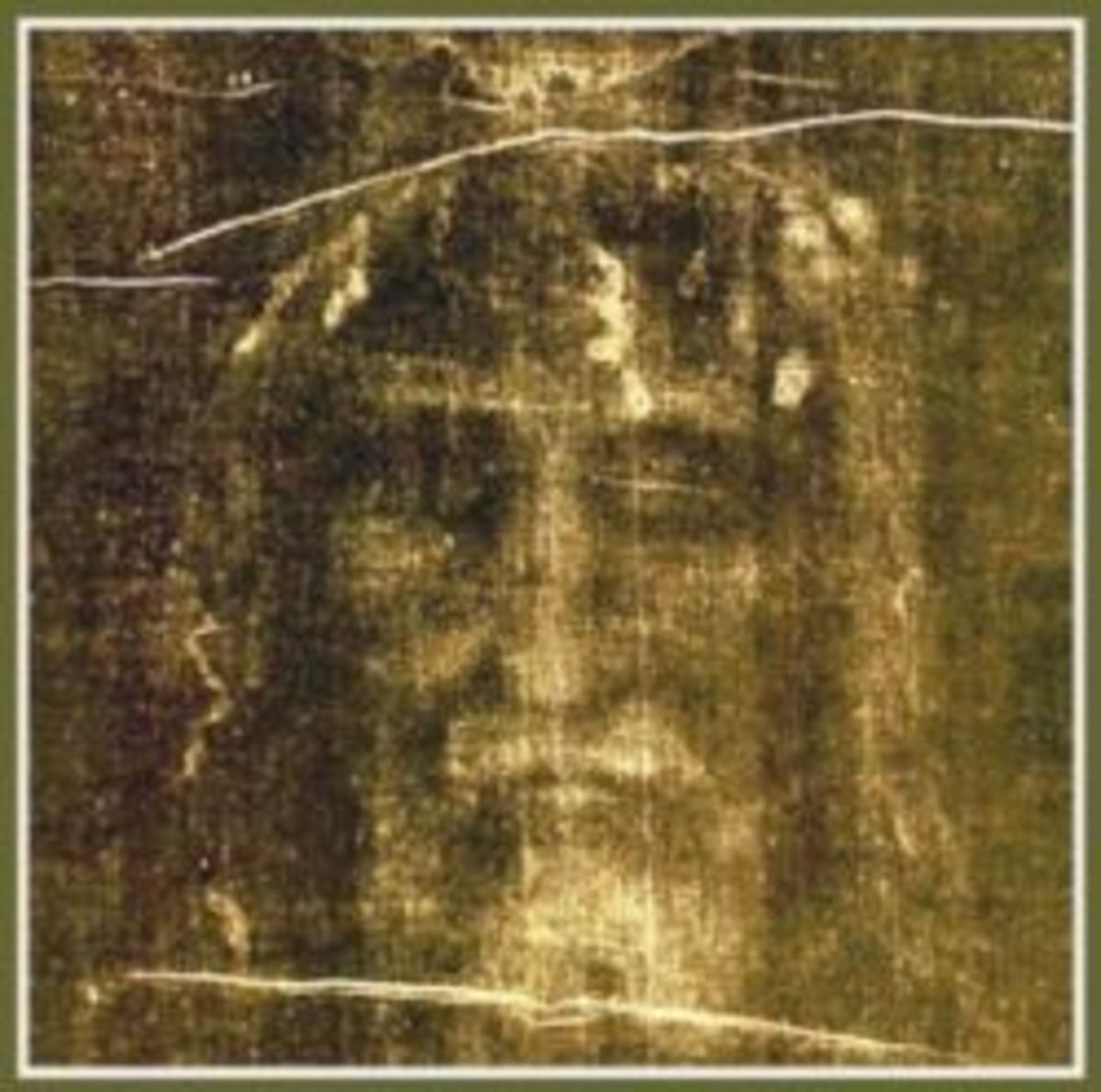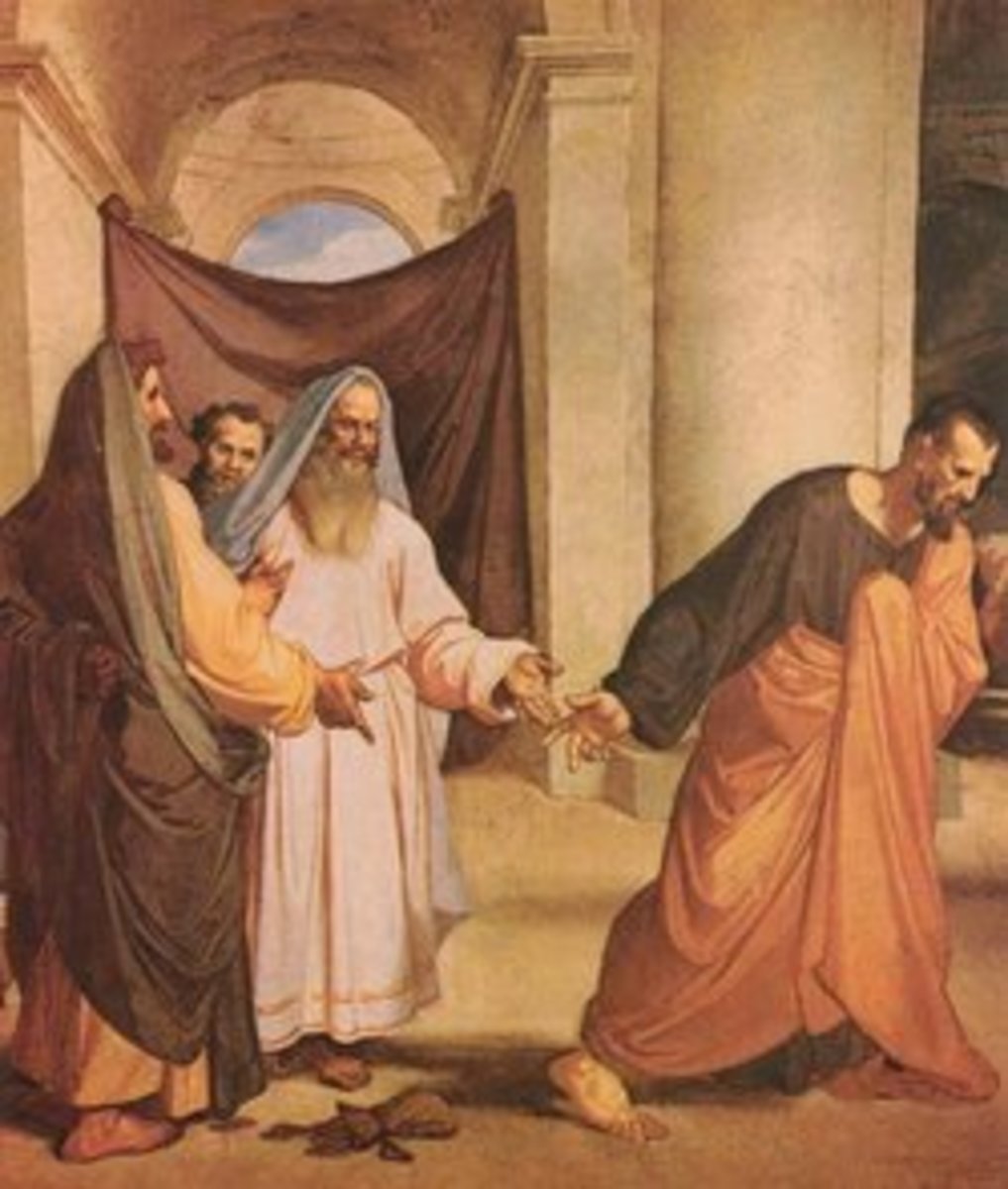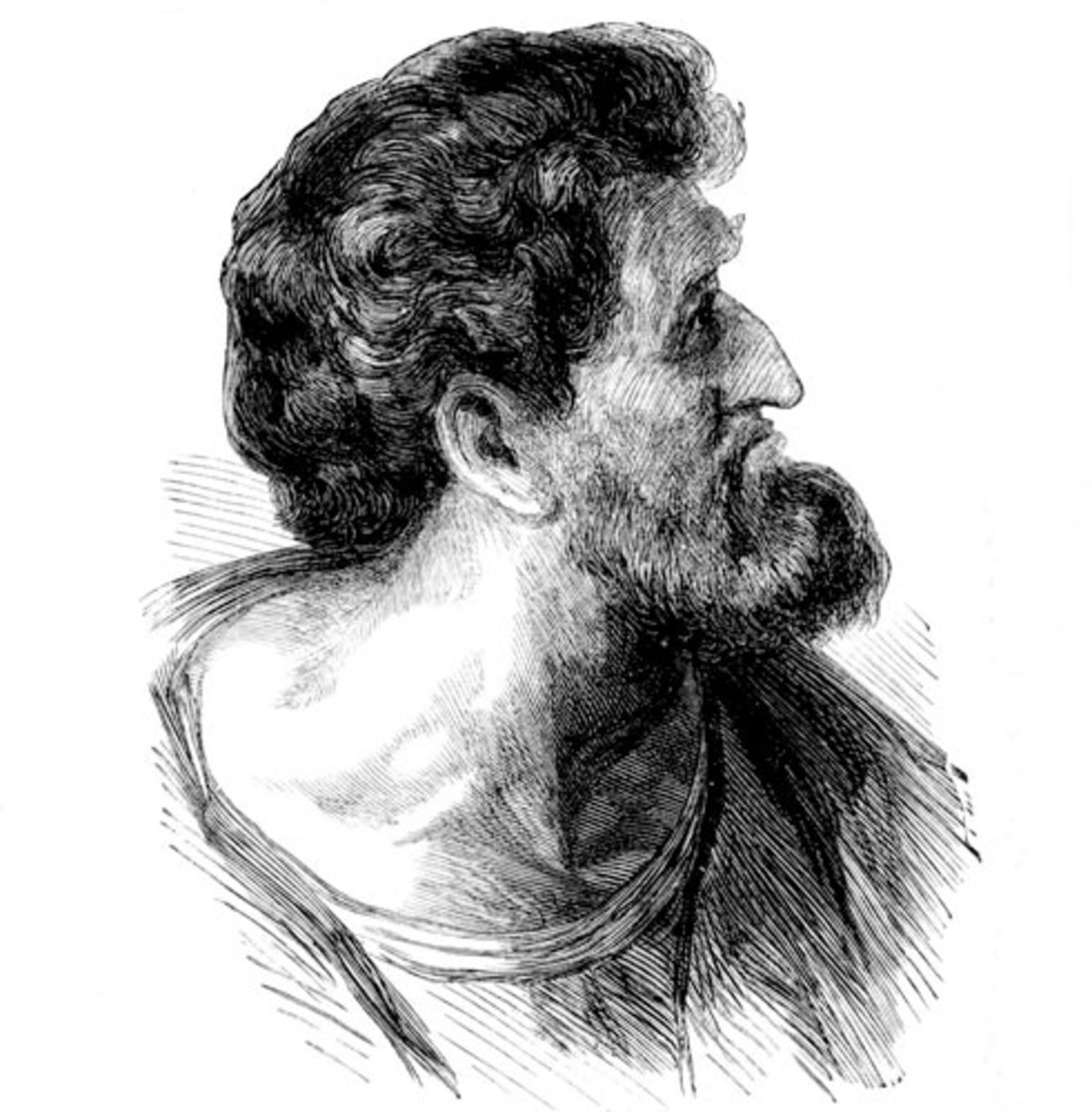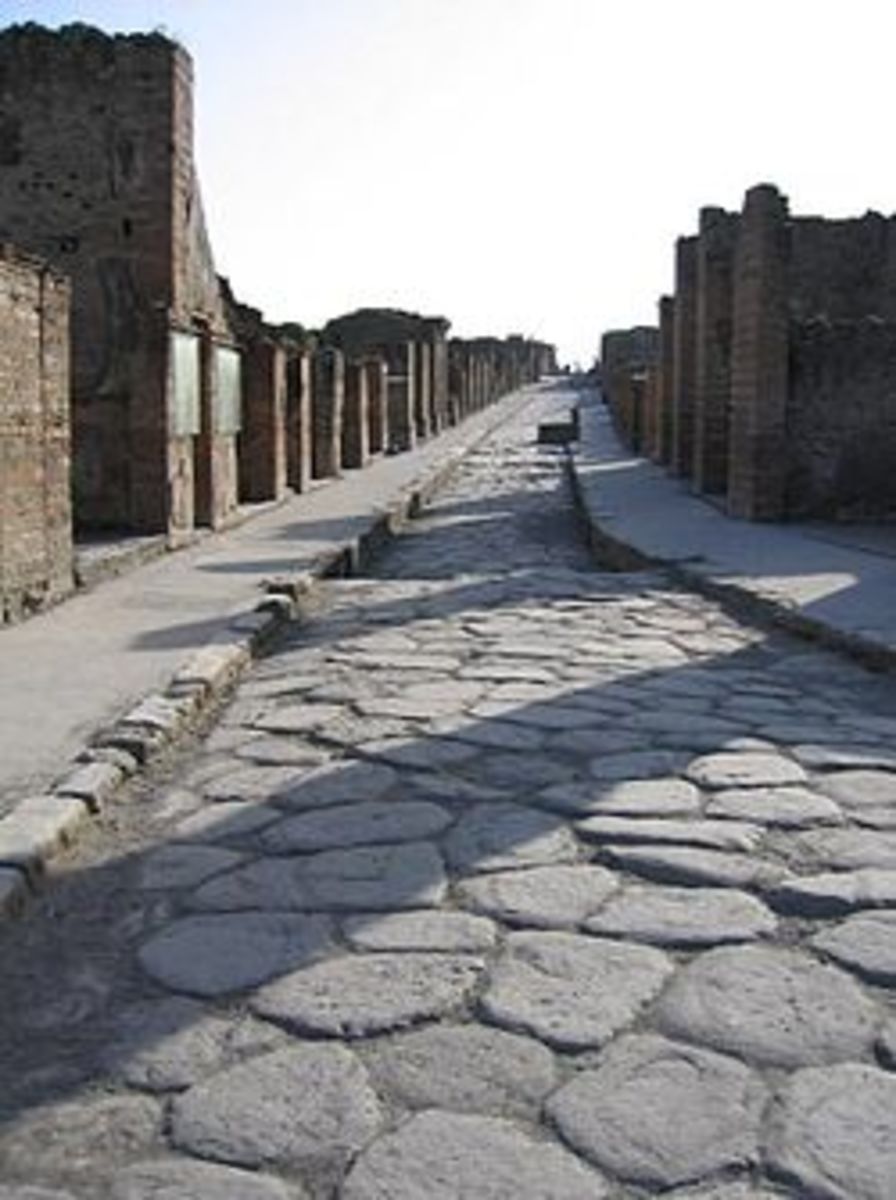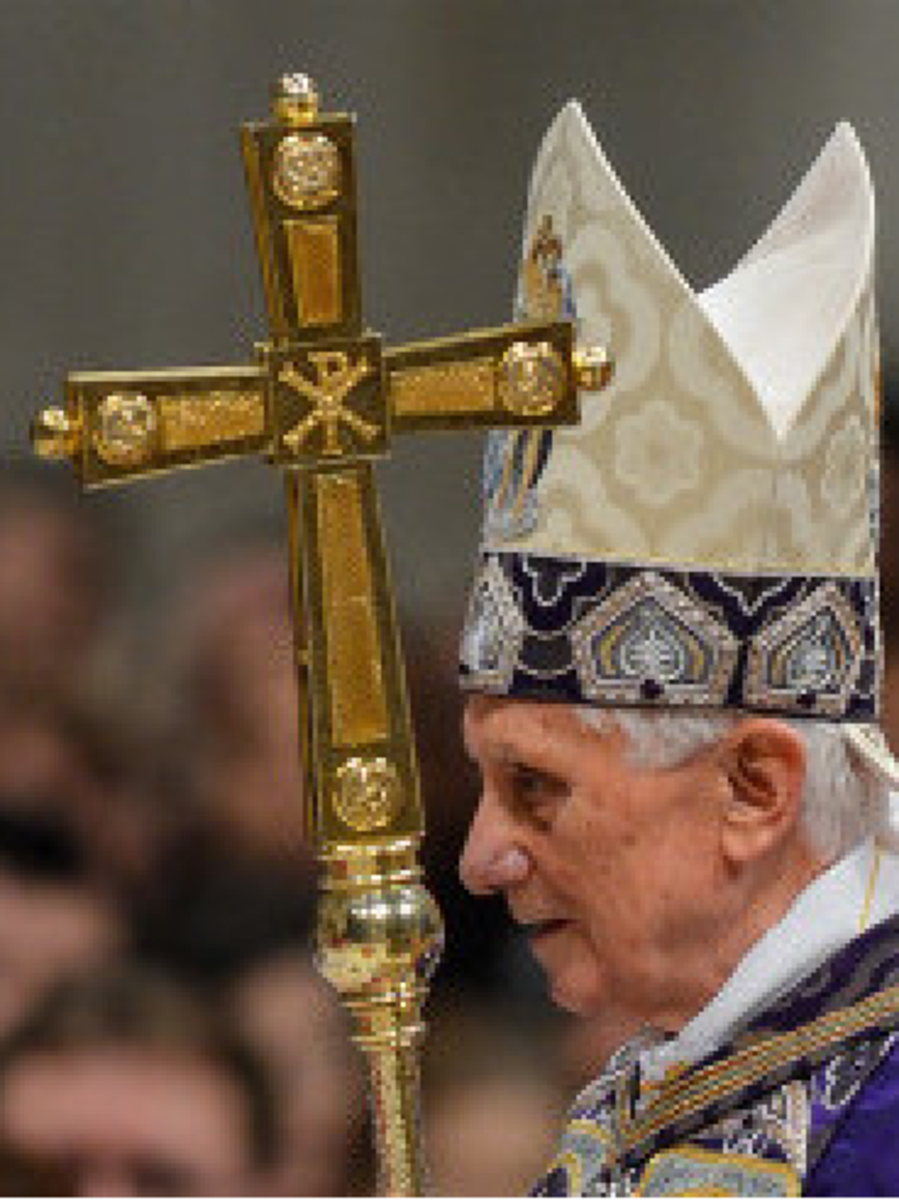Judas Iscariot: Traitor or the Most Loyal of All
The Judas Kiss
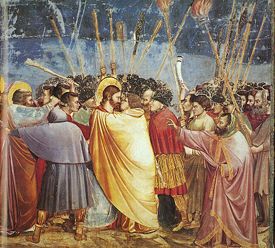
Passing Judgment on Superficial Evidence
Over the Easter Holidays Discovery channel aired a special on a 3D artist that has made an attempt to discover what Jesus Christ of Nazareth really looked like by using the Shroud of Turin as a map. The Shroud of Turin is a centuries old linen cloth that retains the impression of a crucified man. Thousands (perhaps millions) believe that the man wrapped in this shroud was none other than Yeshua ben Yoseph himself.
During the course of the animation specialist's project he confers with several specialists on the Shroud of Turin. The shroud has been studied for decades and is perhaps the most studied ancient artifact in existence. Through the decades many unexplainable things about the shroud have come to light ... one of the most interesting things this author learned from the special, however, had nothing to do with the physical appearance of the one called Jesus Christ, it had to do with the one who (we believe) betrayed him: Judas Iscariot.
The special talks about the Lost Gospel of Judas Iscariot, one of several gnostic gospels discovered in the 20th century. The Gospel of Judas Iscariot apparently paints quite a different picture of the relationship between Jesus and Judas and the circumstances that surrounded that night Jesus was "handed over" to the authorities.
This author has just begun studying the book but can at least say at this point that many, many, learned scholars (much more qualified) have established the age of this document to be around circa 220 CE, which puts it around the same era as the other Gospels. It is worth much more study.
It raises the question, again, of what we really know. What we should really be concentrating on. The Christian church (indeed all religions) has been fractured by inconsequential arguments and petty theological disputes for centuries. In this instance, Judas, for centuries, has been the hated traitor. We base this on the stories we've been told (edited by whomever), based on the stories they were told and the evidence at the time (again, edited by someone). And then comes another bit of information, another piece of the puzzle; perhaps Jesus and Judas prearranged the moment in the garden. Perhaps Judas took on the horrible task of "turning over" his beloved teacher, because his teacher asked him to. If thought of in this manner, what a huge sacrifice, he must have loved the Master so. He may have taken on this most unseemly duty out of loyalty rather than greed, love rather than betrayal. Imagine to be the disciple and not only give over the teacher, but be seen by all the other disciples and history itself as the betrayer of the one he loved so dear.
For this article it matters not whether the story is true or even whether the text is authentic. What matters is that we (human beings) make far too many judgments on far too little information, and then fight about it. Judgment passed, perception formed, stereotype created, prejudice enforced, and voila' mind-set ... done. From here we base all our actions. Scary, right?
As human beings, thinking, feeling human beings, theological discussion and even disagreement is inevitable, but also imperative. Conflicting ideas are what drive human beings to learn more, but must remain in the theological arena. In other words, disagree with your brain, not your fists ... or guns, swords, bombs .... you get the idea.
Sarah E. White, PhD
Illuminating Bliss

